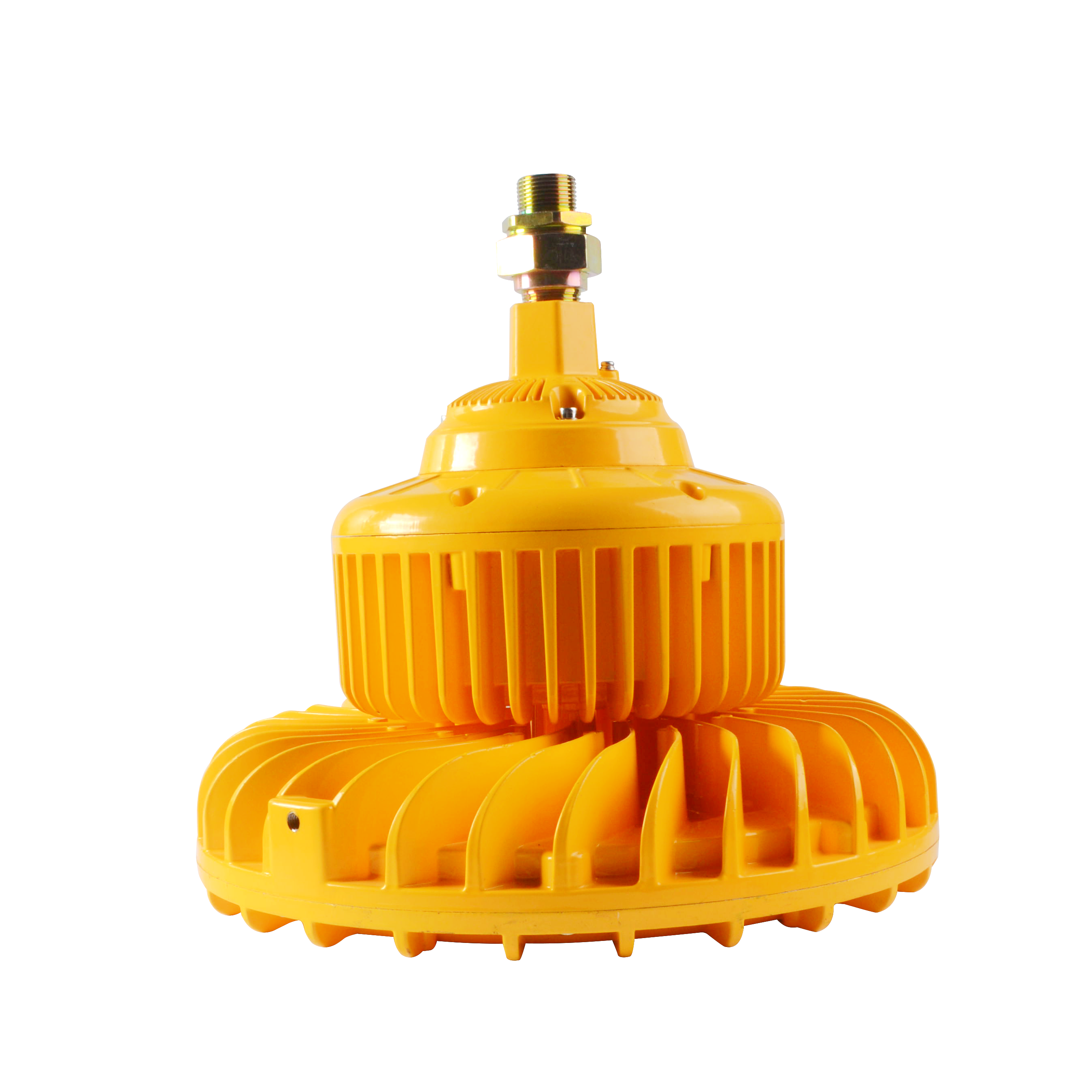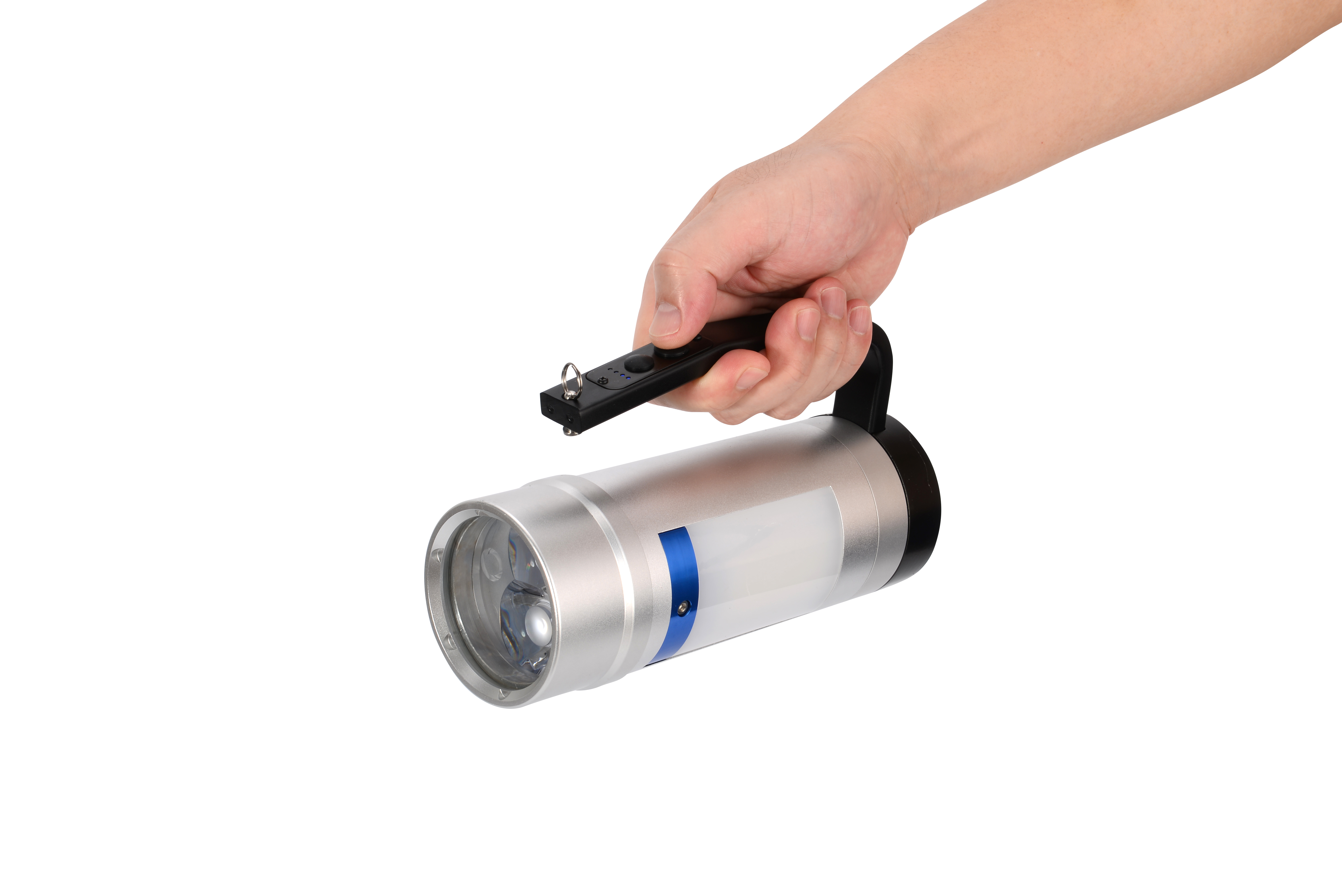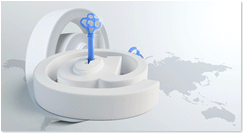1. Impact on coastal residents
The discharge of nuclear-contaminated water into the sea will have a significant impact on coastal residents. While Japanese authorities may claim that their plans meet environmental standards, uncertainty about the long-term consequences of such action can cause fear and anxiety among local residents, raising potential risks to public health
It will also make neighboring countries worry about Marine ecological safety and Marine food safety. The safety of seafood, in particular, is a concern. Coastal residents may face health and economic challenges if appropriate measures are not taken to ensure the safety of seafood and the Marine environment.
2. Difference between nuclear wastewater and nuclear contaminated water
Nuclear contaminated water means that nuclear contaminated water is the water that goes through the melted core of the nuclear power plant, and this contaminated water is completely different from the normal discharge of nuclear power plant wastewater, the nature of the two is different, and the source is different.
Nuclear wastewater refers to water that has been exposed to radioactive materials as a result of various processes, including cooling nuclear reactors. The purpose of wastewater treatment is to separate the pollutants in the wastewater in some way, in the domestic example, through certified treatment so that the sewage can be purified.
3. Impact on fisheries
The release of contaminated water from Japan will have serious consequences for the fisheries of countries in the surrounding waters, and the quality fisheries in the Pacific Rim region may be affected, which may lead to the contamination of seafood. Importantly, it will make consumers question the safety of seafood and have a profound impact on the development of the fishing industry
Pollution can disrupt supply chains, damage Marine ecosystems and frustrate fresh markets, potentially causing serious economic losses for those involved in the seafood sector and having a knock-on effect on related industries
4. What happens if you eat contaminated food for a long time
Long-term consumption of food in a nuclear-contaminated environment poses health risks. Although the effects will vary depending on the specific radioactive element involved. The incident affected much of the Pacific Ocean. Many of the best fishing grounds around the Pacific Rim will be affected if these fisheries are affected.
But long-term exposure to certain isotopes, including -137 and gill-90, has been linked to an increased risk of radiation-related diseases such as cancer. Although it is less harmful in small amounts, it is also a cause for concern if it is elevated in the food chain.
5. Potential risks to inland areas
The risk of nuclear contamination affecting inland areas of the country depends on factors such as ocean currents, atmospheric conditions, and distance from the site of the discharge.
While ocean currents can carry radioactive particles over great distances, the risk of severe contamination is generally low in inland areas compared to coastal areas. As mainland residents, if they are worried, they may reduce their consumption of seafood products or do not eat them, and their worries may be relatively reduced
6. Long-term effects of the discharge of nuclear-contaminated water into the sea
The long-term global impact of nuclear-contaminated water entering the Pacific Ocean is a complex issue. Radioactive materials can spread through ocean currents, potentially affecting Marine ecosystems and entering the Marine food chain
The consequences could extend beyond the immediate area, affecting aquatic life, ecosystems and the safety of seafood worldwide. The oceans are interconnected, and ocean currents have become more active in this century, making the global ecology more complex and changeable by changes in ocean currents. Over time, different areas of contaminated water are likely to be affected.

 Shenzhen Huazhou Technology Co., Ltd. (hereinafter referred to as "Huazhou technology") is a professional engaged in mobile lighting, fixed lighting, explosion-proof electrical appliances three categories of more than 200 medium-sized products R & D, production and sales enterprises...
Shenzhen Huazhou Technology Co., Ltd. (hereinafter referred to as "Huazhou technology") is a professional engaged in mobile lighting, fixed lighting, explosion-proof electrical appliances three categories of more than 200 medium-sized products R & D, production and sales enterprises...
 Business philosophy: always put the interests of customers first.
Business philosophy: always put the interests of customers first.  Huazhou science and technology organization is set up according to certain principles, which is a reflection of the function distribution of various organizations within the enterprise. The design method of the organization is: take the organization goal as the starting point, take the activity analysis division as the basis.
Huazhou science and technology organization is set up according to certain principles, which is a reflection of the function distribution of various organizations within the enterprise. The design method of the organization is: take the organization goal as the starting point, take the activity analysis division as the basis.
 Huazhou science and technology is a professional lighting enterprise of explosion-proof products, with the development, manufacturing capacity and qualification of various explosion-proof products. We strictly implement ISO9001:2000 quality standard management requirements, ...
Huazhou science and technology is a professional lighting enterprise of explosion-proof products, with the development, manufacturing capacity and qualification of various explosion-proof products. We strictly implement ISO9001:2000 quality standard management requirements, ...
 Huazhou science and technology is a domestic supplier of explosion-proof lamps and electrical appliances, which is used for industrial lighting solutions of explosion-proof lamps, explosion-proof electrical appliances, three proof lamps and portable lighting equipment. Log on the official website of hreex to learn more about technical support information.
Huazhou science and technology is a domestic supplier of explosion-proof lamps and electrical appliances, which is used for industrial lighting solutions of explosion-proof lamps, explosion-proof electrical appliances, three proof lamps and portable lighting equipment. Log on the official website of hreex to learn more about technical support information.
 As a modern enterprise specializing in industrial lighting products, Huazhou science and technology company mainly sells products used in electric power, railway, metallurgy, coal, petroleum, petrochemical, public security, military, port, aviation and other industries. Customers can provide a variety of industrial lighting products with high cost performance to reduce the user's cost.
As a modern enterprise specializing in industrial lighting products, Huazhou science and technology company mainly sells products used in electric power, railway, metallurgy, coal, petroleum, petrochemical, public security, military, port, aviation and other industries. Customers can provide a variety of industrial lighting products with high cost performance to reduce the user's cost.



 Huazhou science and technology has built its own photoelectric laboratory and performance laboratory, and a group of highly motivated innovative thinking and experienced R & D team, which ensures our permanent vitality and fast new product output ability…
Huazhou science and technology has built its own photoelectric laboratory and performance laboratory, and a group of highly motivated innovative thinking and experienced R & D team, which ensures our permanent vitality and fast new product output ability…
 Huazhou technology is a professional lighting enterprise selling explosion-proof products, with the development, manufacturing capacity and qualification of various explosion-proof products. We strictly implement ISO9001:2000 quality standard …
Huazhou technology is a professional lighting enterprise selling explosion-proof products, with the development, manufacturing capacity and qualification of various explosion-proof products. We strictly implement ISO9001:2000 quality standard …
 Huazhou science and technology is located in Longgang District, Shenzhen city. Among the general agents of the company, those who are interested can call 0755-23007722 for consultation.
Huazhou science and technology is located in Longgang District, Shenzhen city. Among the general agents of the company, those who are interested can call 0755-23007722 for consultation.
 While providing various training opportunities, Huazhou technology allows employees to perform internal and external changes in their posts, so that employees can play a better role. The internal competitive post system, which started in early 2015, provides more opportunities for employees to compete and develop.
While providing various training opportunities, Huazhou technology allows employees to perform internal and external changes in their posts, so that employees can play a better role. The internal competitive post system, which started in early 2015, provides more opportunities for employees to compete and develop.
 Huazhou science and technology adheres to the concept of "people-oriented" talents, standardizes human resource management, and devotes itself to building a first-class talent mechanism. The core of human resource management is "incentive and sharing". The company constantly explores the…
Huazhou science and technology adheres to the concept of "people-oriented" talents, standardizes human resource management, and devotes itself to building a first-class talent mechanism. The core of human resource management is "incentive and sharing". The company constantly explores the…

 Address: No.95 (518000), ainan Road, Longgang District, Shenzhen
Address: No.95 (518000), ainan Road, Longgang District, Shenzhen Anti counterfeiting query anti counterfeiting query anti counterfeiting query
Anti counterfeiting query anti counterfeiting query anti counterfeiting query
 Interactive platform, if you have any questions, we will try our best to answer for you…
Interactive platform, if you have any questions, we will try our best to answer for you…


